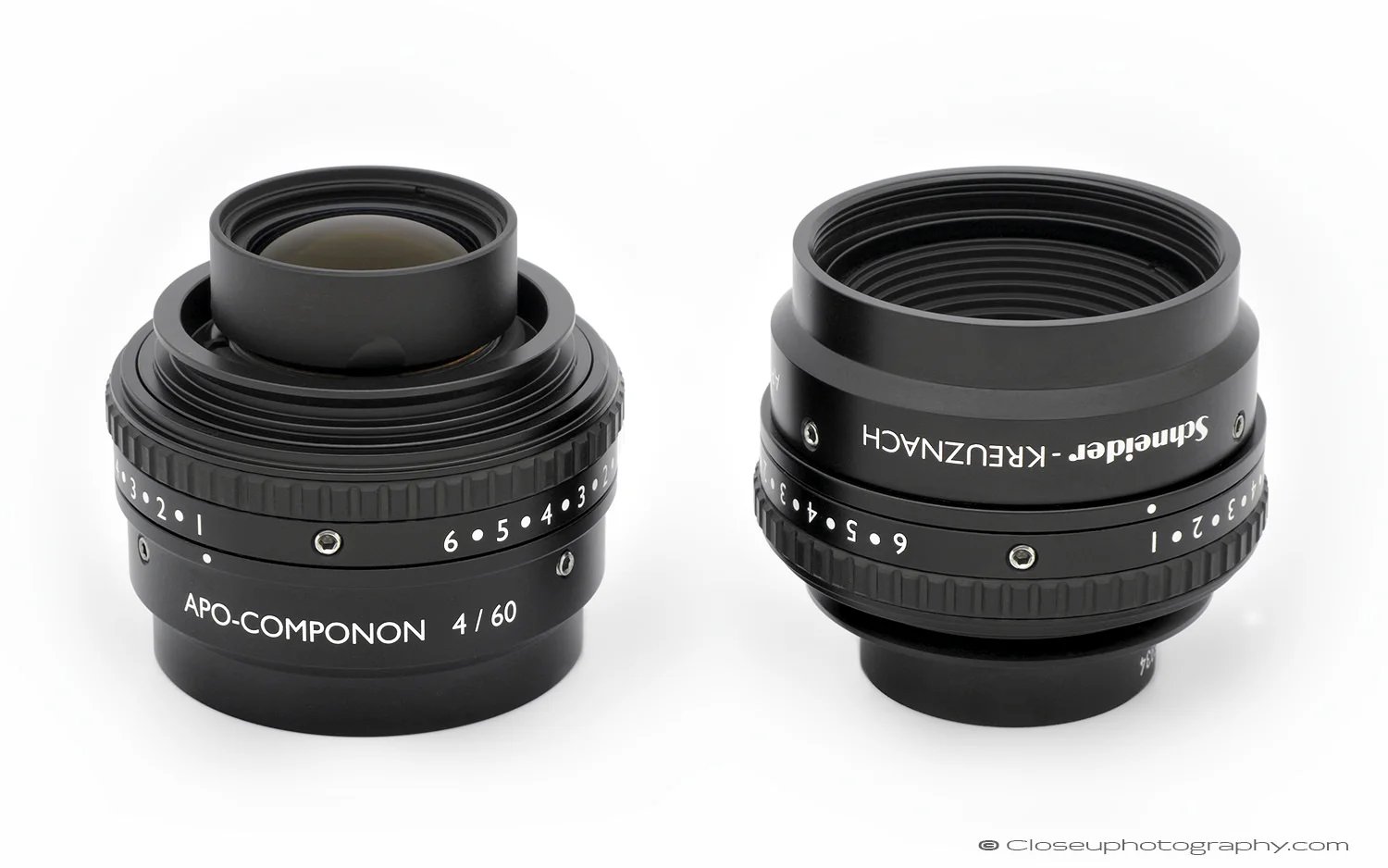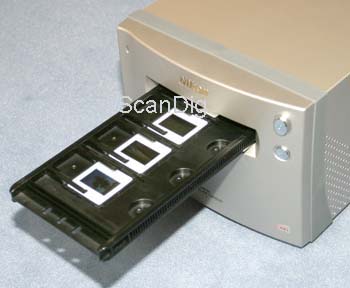

NIKON SCAN 5 SOFTWARE
Now I learned that the Nikon Scan software is not supported anymore by the newer generation Apple computers and I don't know what is best. I have a slow Imacon 343 that I keep using for scanning MF and connected this scanner to an iMac with a Eizo graphic screen. I bought a Nikon Coolscan 5000 to speed up the scanning process of my regular 35mm work. I'm new to this forum and wonder if someone can help me out deciding what to do next. Am I better off buying an old apple computer with an older OS and use this as a dedicated Nikon Scan station, or can I achieve the same results (or better?) with Silverfast or Vuescan? And if an older computer is advicable, what model should I look for? I use computers as an operator, but in my heart I am utterly analog, so please not too digitechnical.

I am looking for the best image quality at the highest speed possible. I just read on the Lasersoft site that Silverfast has 'better' solutions for some of the functions, but somehow I doubt that. I believe the best software to use all of the functionality the LS-5000 is offering would still be the old Nikon Scan software. I stepped over to Vuescan and this proved to be a more stable solution. The program crashed many times and when I found a solution with the help of the support team, it would crash again once the OS updated. Some 5 or 6 years ago I had a Nikon LS-4000 and back then I bit the bullet and bought the terribly expensive Silverfast software. Since the Nikon Scan software is not supported by the newer generation Apple computers, I don't know what is best. This scanner is connected to an iMac with an Eizo graphic screen. I have a slow Imacon 343 that I will keep for scanning MF. Sharpen for: or Īmount: or is what I usually use.I'm new to this forum and wonder if someone can help me out deciding what to do next. But that will be discussed in a different article. Of course the ‘xx * xx’ should be the dimensions you are going to print at, and the ‘pixels per inch’ should match the highest resolution your printer- or print service can handle, unless you’re printing really big and for long range viewing. I leave ‘Rename to:’ un-ticked so the file keeps it’s filename but now with TIFF as filetype extension.Ĭolor Space: (Fotoschelfhout has their own profile they deliver.) Below I will be showing the settings I use to deliver files to ‘Foto Schelfhout’ in Antwerp, Belgium they use a Durst Lambda enlarger/printer. If you want to export the file with the highest possible quality for printing it is good to know what size you will be printing at in physical dimensions, how much PPI/DPI the printer- or the print service you will be using can handle and what file type they can handle. This way it opens a finder window with your exported images, convenient! If you would like to share the file but make the dimensions smaller try the options here and see what is best for your purpose. This way the image keeps it’s original dimension in pixels or if you have cropped the image in Lightroom keeps the cropped dimension in pixels. Quality: (you can lower this to 89 with invisible loss in quality but a reduced file size) I leave ‘Rename to:’ un-ticked so the file keeps it’s filename but now with JPEG as filetype extension. This way Lightroom will ask where you want to export the photo when you actually click export, and not to a predefined location. If you want to export the file with the highest possible quality in JPEG file format I usually go for the following settings: Right click an image and select ‘Export -> Export…’ a new window will open where you can adjust the parameters for the file you want to export for printing or sharing online.

Now I can go into print exporting on and on but we will stick with the basics for sharing online, and print. Just keep in mind the thing about the exposure: pulling is fine but pushing is usually not.Īfter making adjustments it’s time to either export to share the photo digitally or export for printing. Photos taken on film and scanned with Nikon Scan 4 are just as flexible as digital camera Raw files so you can edit them any way you like, just like you’re used to from digital camera files. It’s the exact opposite compared to files from digital cameras. Overexposure is not a problem, but underexposure is. Nice thing about Colour Negatives is that you can pull them really well, but not push them after development. Pulling the highlights slightly if there are any blown highlights in the sky for example. I usually adjust the white balance slightly to make it feel as natural as possible, and make sure the highlights are correct. Setting up Nikon Scan 4 and creating a default profileĪfter opening the Nikon Scan 4 suite, turning on the scanner and putting in the first strip of film (6 frames at a time maximum) I click on the ‘Show Thumbnails’ tab to make some adjustments.


 0 kommentar(er)
0 kommentar(er)
